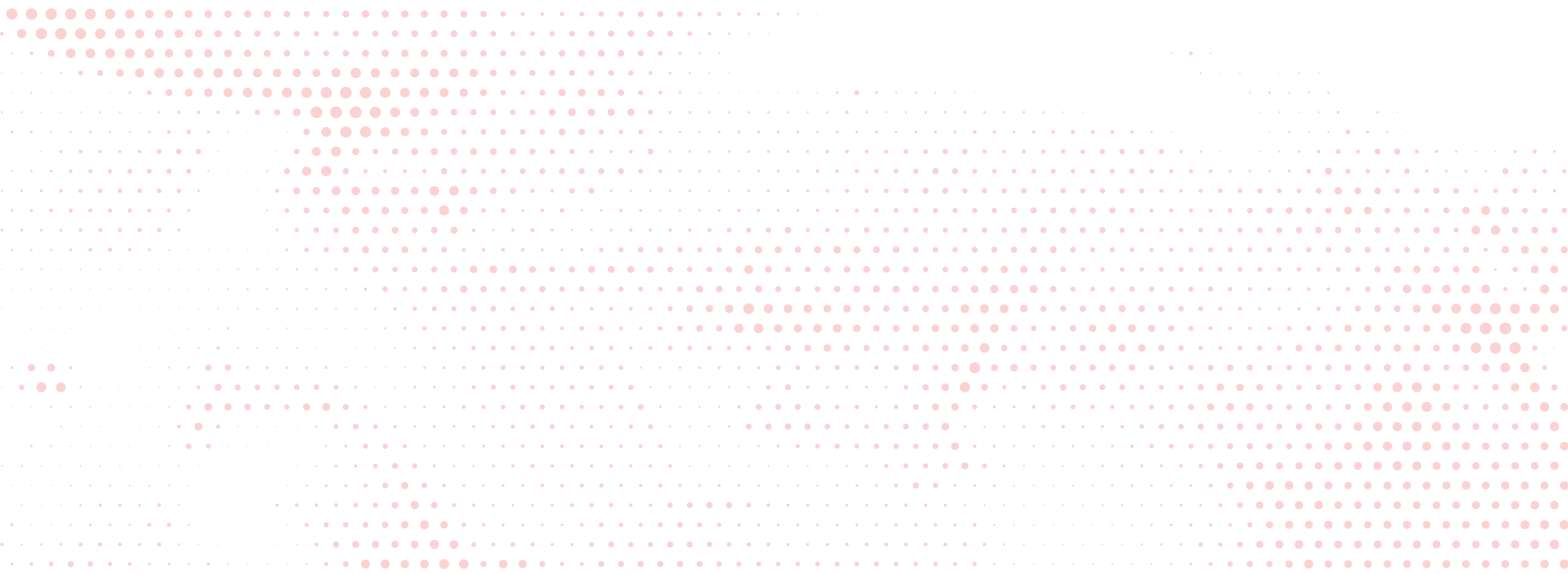Applying Technology to GRC – The Big Picture
Sponsored by Galvanize
Governance, risk management, and compliance (GRC) technology can provide big benefits to your organization. What can you expect and where do you start?

Sponsored by Galvanize
Governance, risk management, and compliance (GRC) technology can provide big benefits to your organization. What can you expect and where do you start?
